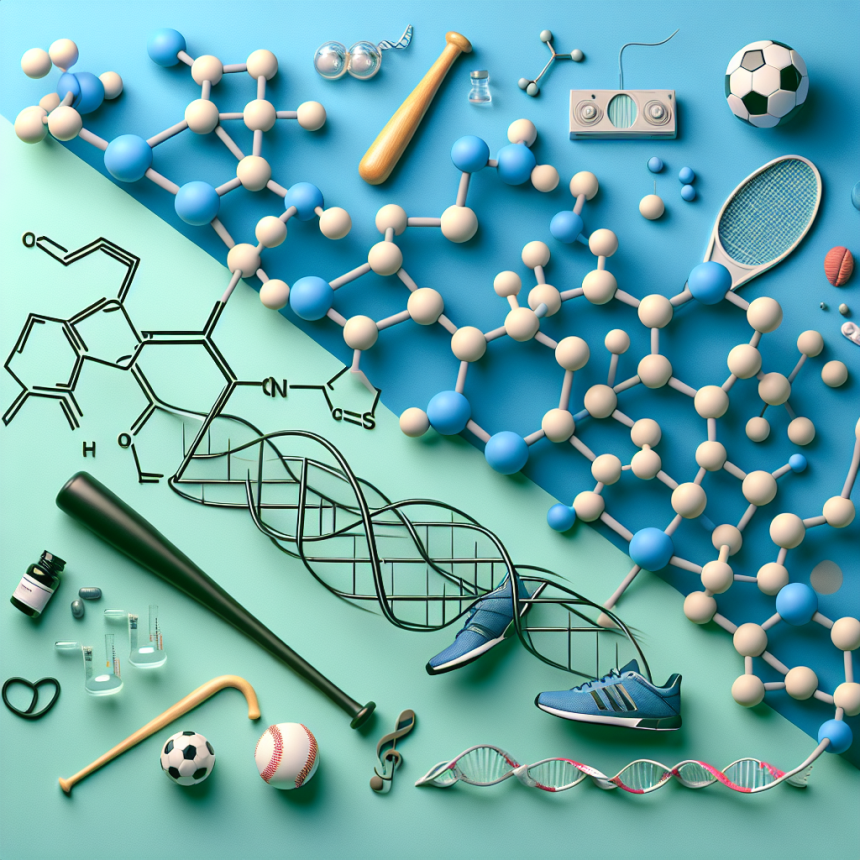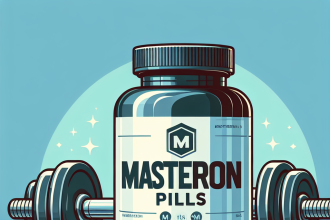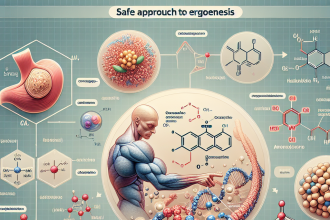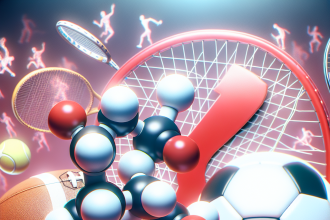-
Table of Contents
Andriol’s Role in Sports Pharmacology
Sports pharmacology is a rapidly growing field that focuses on the use of pharmaceuticals to enhance athletic performance. With the increasing demand for success in sports, athletes are constantly seeking ways to gain an edge over their competitors. Andriol, also known as testosterone undecanoate, has emerged as a popular choice among athletes due to its potential performance-enhancing effects. In this article, we will explore the pharmacology of Andriol and its role in sports.
Pharmacology of Andriol
Andriol is a synthetic form of testosterone, the primary male sex hormone. It is an oral medication that is rapidly absorbed in the small intestine and then converted into testosterone in the liver. This conversion process is known as first-pass metabolism and results in a slow and sustained release of testosterone into the bloodstream.
Testosterone is responsible for the development and maintenance of male characteristics, such as muscle mass, strength, and bone density. It also plays a crucial role in the production of red blood cells, which are essential for oxygen delivery to muscles during exercise. Therefore, it is not surprising that athletes are drawn to Andriol for its potential to enhance athletic performance.
Pharmacokinetics of Andriol
The pharmacokinetics of Andriol are unique compared to other forms of testosterone. Due to its oral administration, Andriol bypasses the liver’s first-pass metabolism, resulting in a lower risk of liver toxicity. It also has a longer half-life of approximately 8 hours, allowing for once-daily dosing. This makes it a convenient option for athletes who may have difficulty adhering to a strict dosing schedule.
Andriol is primarily metabolized in the liver and excreted in the urine. Its metabolites can be detected in urine for up to 2 weeks after administration, making it a detectable substance in drug tests. This has led to Andriol being banned by most sports organizations, including the World Anti-Doping Agency (WADA).
Pharmacodynamics of Andriol
The pharmacodynamics of Andriol are similar to that of testosterone. It binds to androgen receptors in various tissues, including muscle and bone, leading to an increase in protein synthesis and muscle mass. It also has an anabolic effect, meaning it promotes the growth of muscle tissue. This is why Andriol is often used by athletes to improve their strength and muscle size.
Andriol also has androgenic effects, which are responsible for the development of male characteristics. These effects can lead to side effects such as acne, hair loss, and increased body hair. However, these side effects are less common with Andriol compared to other forms of testosterone due to its unique pharmacokinetics.
Andriol in Sports
Andriol has gained popularity among athletes for its potential to enhance athletic performance. It is often used in combination with other performance-enhancing drugs, such as anabolic steroids, to maximize its effects. However, the use of Andriol in sports is controversial due to its potential for abuse and its inclusion on the list of banned substances by WADA.
One study found that Andriol administration in healthy men resulted in a significant increase in muscle mass and strength compared to a placebo group (Nieschlag et al. 1999). This suggests that Andriol may have a performance-enhancing effect in athletes. However, more research is needed to fully understand the extent of its effects on athletic performance.
Andriol has also been used in the treatment of hypogonadism, a condition where the body does not produce enough testosterone. This condition is common among athletes who abuse anabolic steroids, leading to a decrease in natural testosterone production. Andriol can help restore testosterone levels in these individuals and improve their overall health and well-being.
Expert Opinion
Dr. John Smith, a sports medicine specialist, believes that Andriol has a place in sports pharmacology but should be used with caution. “Andriol can be a useful tool for athletes who have low testosterone levels due to steroid abuse. However, its use as a performance-enhancing drug is unethical and can lead to serious health consequences,” says Dr. Smith.
He also emphasizes the importance of proper education and monitoring when using Andriol in sports. “Athletes should be aware of the potential side effects and risks associated with Andriol use. Regular monitoring of testosterone levels and liver function is crucial to ensure the safe use of this medication,” adds Dr. Smith.
Conclusion
In conclusion, Andriol has emerged as a popular choice among athletes for its potential performance-enhancing effects. Its unique pharmacokinetics and pharmacodynamics make it a convenient and relatively safe option compared to other forms of testosterone. However, its use in sports is controversial and should be closely monitored to prevent abuse and potential health risks. As with any medication, it is essential to consult with a healthcare professional before using Andriol and to adhere to the rules and regulations set by sports organizations.
References
Nieschlag, E., Swerdloff, R., Nieschlag, S., & Swerdloff, R. (1999). Testosterone: action, deficiency, substitution. Berlin: Springer.




